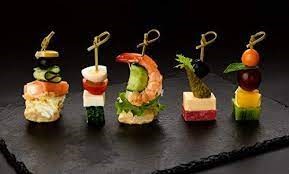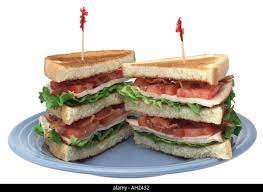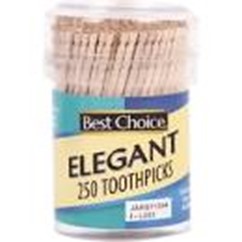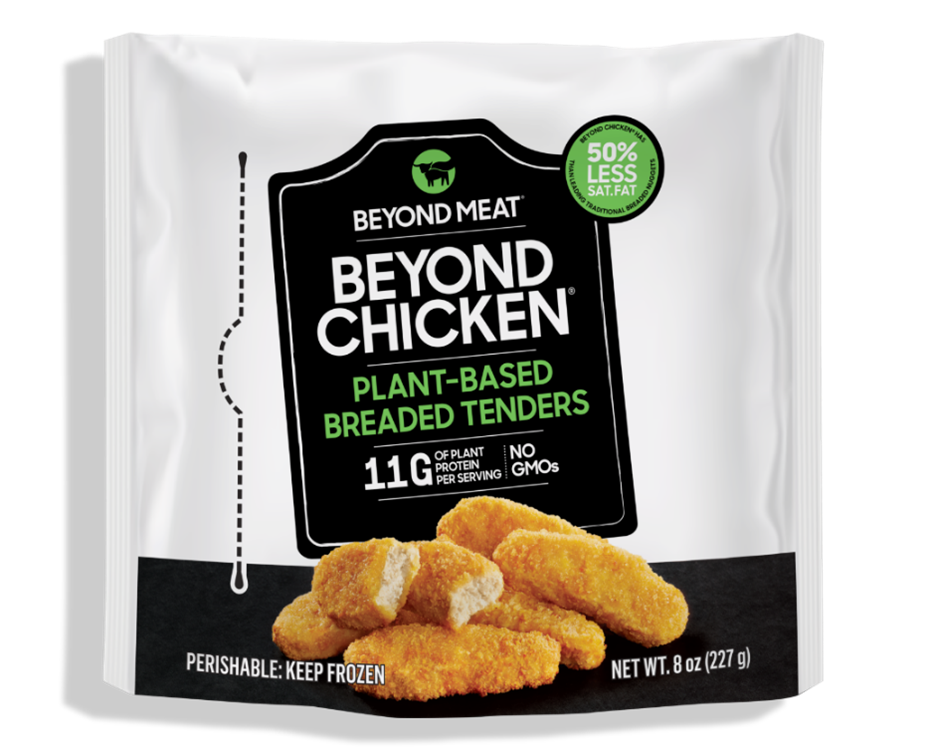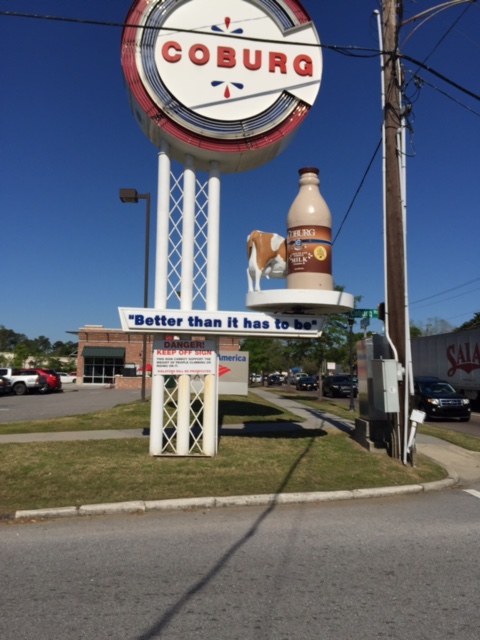Marketing Unplugged: Pot Pourri, Volume 2
Toothpicks
I was surprised that the grocery store offered such a variety of toothpicks. I was experimenting with tater tots as a provocative appetizer at my grazing cocktail party, one of those affairs where if you stay focused and deliberate you can cobble together a decent dinner. The idea was to upgrade the tots with a medley of sauces, not pedestrian catsup, but catsup with rosemary and garlic mixed in, an aioli sauce, or some sort of chutney. However, tater tots tend to be a bit greasy, hence the need for toothpicks.
I estimated that I needed about 50 toothpicks, but each option included at least 250, so I figured I’d be investing in a lifetime supply, all for the low, low price of $2.50. I nixed the multicolored toothpicks due to their polluting dyes. The eco-friendly bamboo toothpicks were too fancy. A contrived curlicue at the top was too frou-frou for my humble tater tots.
I also eliminated ones topped with a plastic frill. These frequently adorn a club sandwich where they emphasize the heft of the multiple layers,and suggest that wide open jaws may be inadequate to accommodate the sandwich without squirting mayonnaise and tomato juice. I recalled an incident when I misaligned my bite and sent the toothpick up my nostril, now reminiscent of home COVID test.
The double pointed ones seemed better suited to oral hygiene. On a final impulse I reached for the jar of “Best Choice Elegant Toothpicks,” whose modest notches at the top earned them the title “elegant.” These toothpicks would elevate my tater tots . Any other flourish would be pretentious mocking of my tots.
When I got home, I studied the labeling more closely, an entertaining exercise that I heartily recommend (alternatively evidence that you have a serious case of not enough to do). The toothpicks are 100% Guaranteed. Guaranteed for what? What sort of actionable mishap could befall a toothpick? Perhaps the label should note that toothpicks are not suitable for small children. If I counted them, would I discover that they had shorted me a couple of toothpicks? In smaller print, the label notes that the toothpicks are “Made in China.” I imagine that the limited demand for toothpicks meant that these had languished on the shelf for years; our nation’s toothpick supply has not been gutted by supply chain issues.
My party tots were a big hit.
Airline Snacks
A recent airline upgrade qualified us for two snack bars. A packaging of a blueberry and pistachio bar claimed, “This Saves Lives.”
I tend to interpret things very literally, so my first thought was that I was saving my own life by eating the bar, that somehow at that very moment my life hung in the balance. The marketing on the back of the package was reassuring. “Buy a Bar, Feed a Child. For every bar bought, a bar is donated to a malnourished child.” The movie actress Kristen Bell is a celebrity endorser who states, “It makes me feel good when I lay my head on a pillow at night that I could be of service to someone else.” However, I did not buy the bar, the airline did, so will I feel better when I put my head to pillow? I’m not saving any lives; I am the collateral beneficiary of the airline’s marketing decision. Am I supposed to think better of the airline or should I be motivated to buy my own stash of bars? Probably both.
The second snack bar was called, “That’s It.” I had recently celebrated my 70th birthday and was feeling the pinch of mortality. The name sounded ominous. In addition, an airplane comes with its own anxiety issues. I thought of the death knell phrase “that’s all she done wrote.” I prepared myself for a jolt of turbulence followed by a dangling orange air mask. With grateful thanks I realized “That’s It” referred to the limited number of ingredients in the snack, just apples and bananas, nothing more.
Spirit Elephant Menu
I was excited to try the “Spirit Elephant,” a well-received vegetarian restaurant in a nearby suburb.
“At Spirit Elephant, we elevate and showcase local and seasonal vegetables through a globally-influenced, approachable menu in a beautiful space. We are proud that every bite of our flavorful food is kind to the planet and all beings on it.”
I typically order the vegetarian entrée at any restaurant, reasoning that these entrees require more creativity – the chef can’t rely on an impressive slab of meat to speak for itself. A dedicated vegetarian restaurant must be even more creative to entice skeptical carnivores.
But I had their marketing strategy all wrong. The menu did not try to lure in carnivores, it tried to make them believe that they were eating meat by disguising the vegetables. The menu included “Chicken Ceasar Salad” and “Calamari Fritti.” Photos of these faux dishes were proudly displayed on their website.


When I inquired about the provenance of the “calamari,” the waiter told me that oyster mushrooms were standing in for the calamari. The chicken in the salad was a “Beyond Chicken” plant-based alternative. When my “calamari” arrived it tasted like deep fried oysters, so why not call them that? I imagined a restaurant consultant advising the Spirit Elephant, “the ladies will bring in their men for dinner, but once they’ve got their asses in seats, you’ve got to throw those men a bone, give them something they can identify with.”
I also wondered about the legality of calling something “chicken” when it isn’t. Chicken has such a solid identity that the FDA and the Federal Trade Commission have not seen fit to regulate the name. When consumers see chicken on a label, they don’t question what it is. Other commodities such as chocolate or jam have to conform to a mandated definition. The only corollary I can think of is the FDA definition of “imitation crab meat” as a specific entity. Consumers might know that they are not eating crabmeat, even though it is manufactured to look and taste like crab meat. I have spotted creative labeling in the grocery store, where “chicken” is deceptively misspelled as “chick’n” to avoid criticism that their product is mislabeled. To their credit, the Beyond Chicken product clearly identifies their product as “plant-based chicken.” However, the day may come when the FDA has to devise a regulated definition of the familiar barnyard chicken.
Better Than It Has to Be
“Better Than It Has to Be” is not an endorsement that prompts me to stop in at Coburg’s for a milkshake. Better than what? Is it better than the competitor down the street or better than the lackluster health department doing a cursory search for scuttling cockroaches? The car rental company Avis successfully used the comparator “We Try Harder” as it battled against the leader Hertz. Avis embraced their identity as the gritty number two, implying that their work ethic was better than the smug behemoth Hertz. One key difference between cars and restaurants is that cars are a commodity, while milkshakes and ice cream are not. My husband is a fan of milkshakes, and he clearly knows that the shakes at Culver’s or Dairy Queen are better than other fast-food joints.
I suggest that Coburg adopt another time-honored marketing strategy. Go for equivalence along the lines of “Nobody does it better.” Instead of comparing yourself to the lowest common denominator, compare yourself to the top. You’re not saying you’re the best, you’re just saying that you’re among the best.
Best By/Sell By/Use By Dates
When our adult children forage in our refrigerator and pantry, they meticulously check the best/sell/use by dates. Their eyes roll as they discard vintage items. Our approach is more casual, relying on sight and smell. The container of sour cream often migrates to the back of the fridge, and when rediscovered, I am never surprised by its rainbow of fuzzy mold. Milk can be assessed with a sniff. A Consumer Report publication is reassuring. “Spoiled food will usually look different in texture and color, smell unpleasant and taste bad before it becomes unsafe to eat.”
Our children think that expiration dates are there for a reason and that we are being careless with our health and safety. Not so. The FDA does not mandate these labels. These are marketing terms developed by the manufacturer, which immediately makes me suspicious of a hidden agenda, i.e. a hair trigger to throw away perfectly good food. A report from the National Resources Defense Council notes, “In the United States, more than 80 percent of consumers report that they discard food prematurely due to confusion over expiration dates.”
Here is the Consumer Reports rundown on the marketing terms,. With the single exception of baby formula, none involve safety.
Best by date: This date guarantees the period of time the product will be at its best flavor. It is not about food safety, but about taste.
Sell by date: This date is determined by producers to inform sellers when to remove items from the shelves. Items can last for several days to weeks past this day.
Use by date: This is the last day the producer guarantees the best quality of the product. With the exception of infant formula, this is not a safety date nor a mandatory label.
Recently I made a salad recipe that included slivered almonds. I rummaged around the crowded pantry until I found an opened pack lurking at the back of the drawer. The almonds looked fine, smelled and tasted okay. The salad was a success. Afterward I noticed that the “use by” date was 2017, five years ago!
Follow Liza Blue on:Share:

